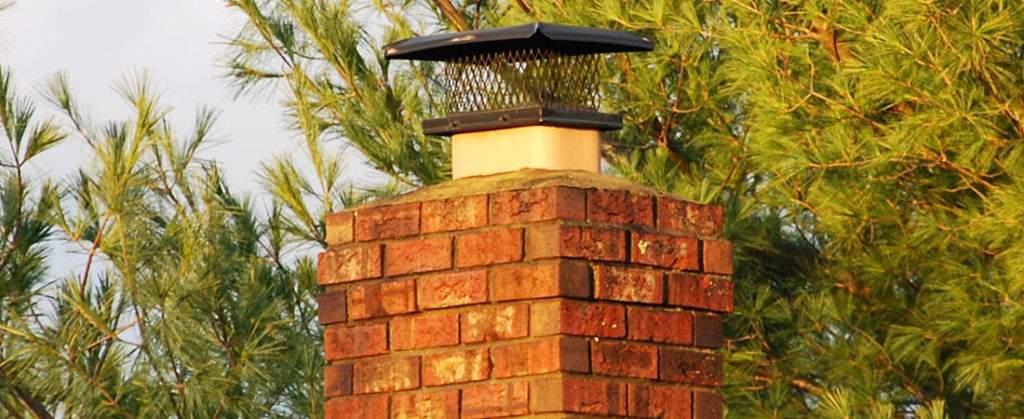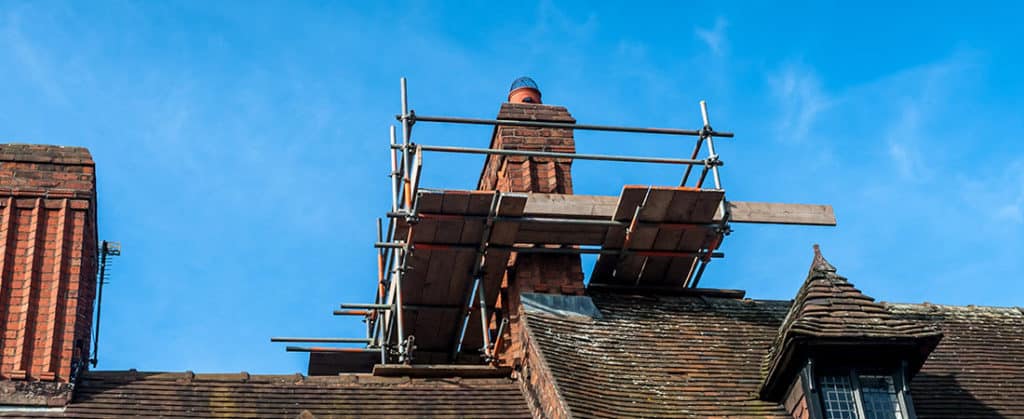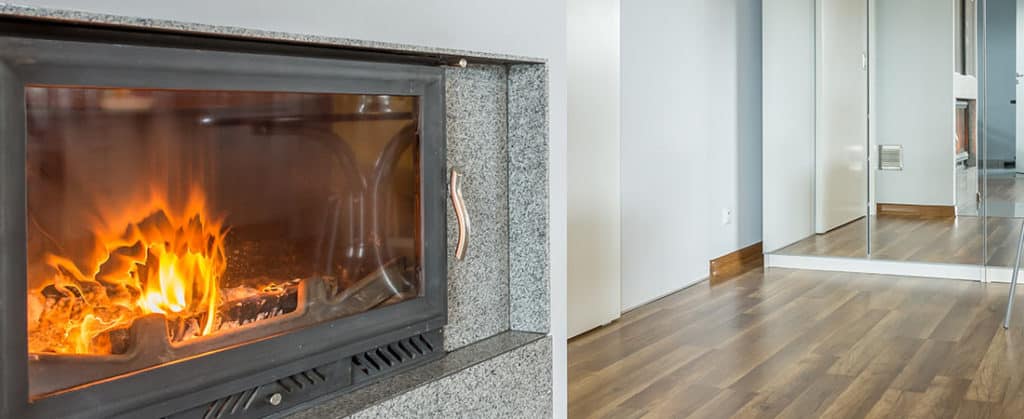One of the great winter pleasures is curling up in front of the fireplace and basking in the warmth and beauty of a roaring fire. But, before you light a match, ensure your fireplace and chimney are in good working order.
Poor maintenance can reduce a fireplace’s effectiveness and lifespan and cause house fires, carbon monoxide poisoning, and other dangerous results.
To help you out, follow these instructions to prepare your fireplace for the season to keep it running efficiently and safely for years.
Inspect the chimney
You should inspect your chimney at least once a year, or approximately every 80 fires. You can do the chimney inspection by yourself or hire a chimney professional.
For the best outcome, let a chimney professional do the work.
The chimney professional will inspect easily accessible portions of the chimney, such as the firebox and damper; look for damage to bricks or the flue liner; clear any obstructions; and clean up accumulated soot and creosote.
Lookout for cracks and damaged bricks
Along with requesting a professional inspection, you should regularly inspect the firebricks inside the fireplace and on the hearth floor for cracks, loose joints, and flaws, and inspect the outside brickwork for damage.
As much as you can inspect the chimney, a competent mason should perform any repairs. Never repair the firebrick with normal mortar since the mixture cannot withstand intense heat.
Get rid of the ashes.
Clean the firebox once a week or if the ash is more than an inch deep. You should note that coal can stay hot for up to three days, so make sure the contents of the firebox are cool before starting.
Sweep or vacuum the cool ashes and recycle or dispose of them outside. Don’t throw away wood ashes; they’re useful in the garden and for other household purposes.
Install heatproof glass
Installing heatproof glass doors on your fireplace might improve its energy efficiency. The glass doors help keep sparks from fleeing the fireplace and harming the floors.
If your fireplace already has glass doors, wipe them using a paper towel, creosote, and soot-fighting glass fireplace door cleaner.
The acid in vinegar is also good at dissolving creosote and removing it from the glass.
Stock up on wood.
To avoid attracting pests, choose high-quality firewood and keep it away from the home. How you want to use your fireplace determines the amount of wood you purchase.
If you plan on snuggling in front of a fire for a few hours now and then, you’ll need a few bundles of wood (6 to 8 pieces). You can also burn specially manufactured fireplace logs for these sporadic fires.
Consider acquiring a face cord of wood (a 4-by-8-foot stack) to last the entire season if you regularly use your wood-burning stove or fireplace.
Avoid treated or painted wood when buying the wood, as both emit hazardous vapors.
Put your tools in place.
Tongs, a poker, a brush, and a shovel are typically included in a fireplace tool set, which is nicely displayed on a matching stand.
If you already have a set, clean it up, inspect the tools, and tighten up any pieces that screw together. If you’re looking for new tools, go for the most durable you can locate.
While sets are visually appealing—some high-end fireplace equipment appear like works of art, with price tags to match—buying them individually may allow you to locate stronger, more comfortable tools.
The tools are only the beginning. If you have a wood-burning fireplace, ensure it has a solid fireplace grate to contain the logs.
A grate shields the fireplace floor from the heat of the fire, allowing air to circulate the logs and aid in the safe and efficient burning. Fireplace gloves are useful for shielding hands from heat and avoiding splinters from fuel.
Keep fireplace matches or a long-lasting rechargeable lighter accessible so you don’t have to look for them while trying to start a fire. Finally, keep a fire extinguisher available for emergencies and inspect it annually.
Get rid of the limbs.
Remove any overhanging tree limbs encroaching on the chimney, or get an expert. Tree limbs not only pose a fire hazard but can also obstruct the appropriate draft of the chimney and harm the cap.
Polish the brass fireplace surrounds
Spread a thin layer of tomato paste, tomato sauce, or ketchup on a brass fireplace surround to clean it organically. Allow it to sit for an hour before cleaning it. The best way to clean it is using hot, soapy water.
You can also use a good-quality commercial brass polish and a soft microfiber cloth. Use abrasive scrubbing cloths, metal-bristle brushes, or steel wool sparingly.
Give your gas fireplace a once-over.
If you have a gas fireplace, look over the maintenance and cleaning instructions in the owner’s manual before the season begins.
Check the vents for obstructions, turn on the pilot light, then dust out the logs, liners, and burners and inspect them for cracks, replacing any damaged parts.
If you use your gas fireplace frequently, set up automatic fuel deliveries to ensure your hearth never becomes cold.
Check the wires and batteries.
Before cleaning an electric fireplace, as with a gas fireplace, examine the owner’s instructions. Check all wires to ensure that none are frayed or broken and that all connectors are properly connected.
Dust the fireplace inside and out before the season’s first use and frequently thereafter. Finally, test the remote: If the fireplace does not ignite, the batteries in the remote or receiver are most likely dead.
Of course, you should replace them and ensure the remote works optimally.
Parting shot
These are some things you can do to prepare your chimney for the cold season. Work with chimney contractors Upper Marlboro who know what they are doing to have an easy time.



